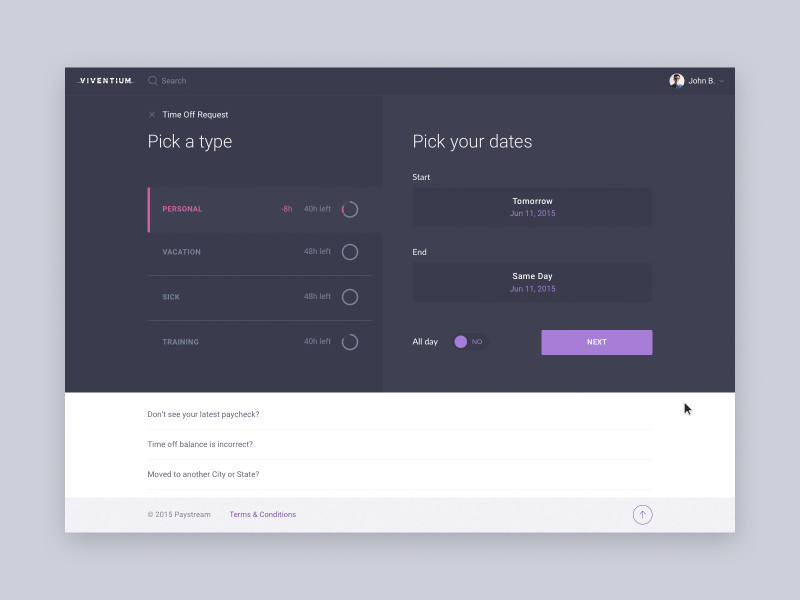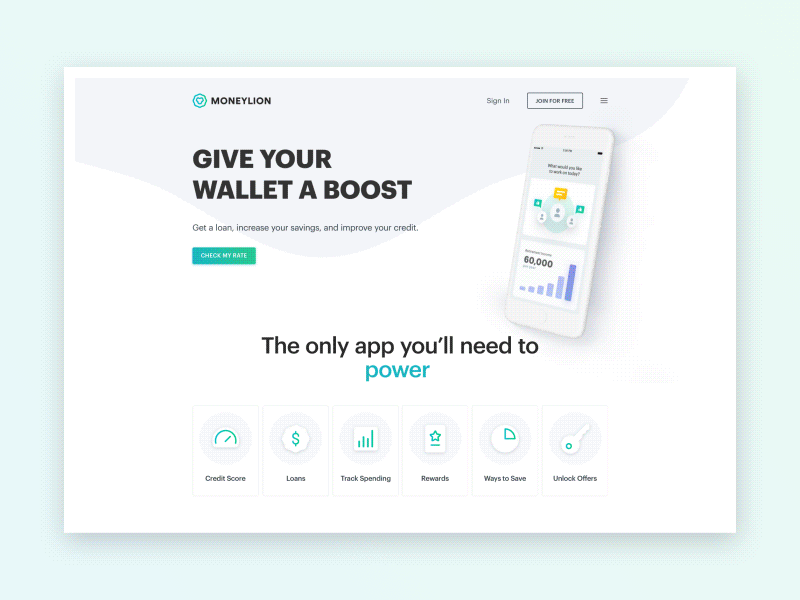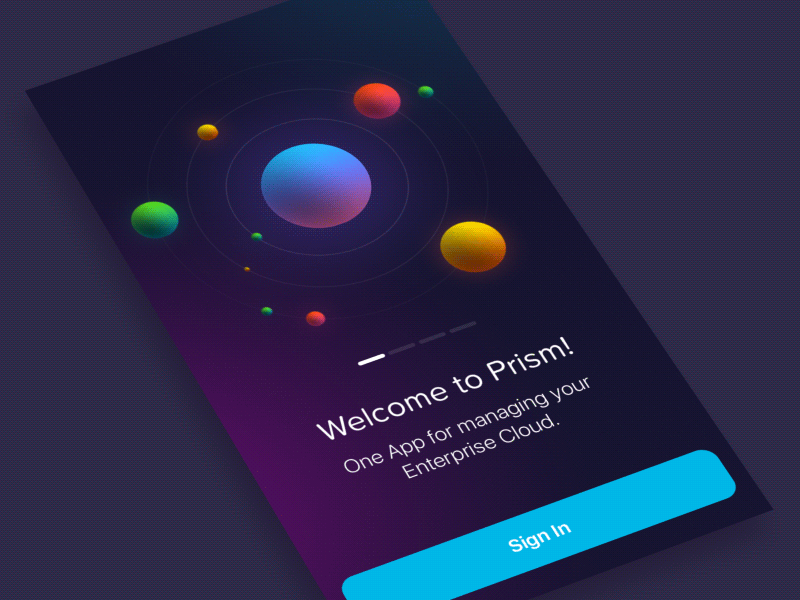Get an inside look at Clay, a top design agency based out of San Francisco, California. Today we chat with CEO Anton Zykin and Design Director Dmitry Tsozik as they share how the design landscape has evolved in the Bay Area and how their agency has managed to adapt and grow.

Tell us about Clay and how the agency got started.
Anton: Clay is a UI/UX design and development agency based in San Francisco. Well, at least that’s what our website headline says. In reality, we do pretty much anything related to design and the digital space—apps, websites, brand identities, illustrations, 3D, content, you name it. We don’t limit ourselves to a few specialties and always try new things and learn new skills.
We started Clay in April 2016 to focus on high-quality digital products and brands. We wanted to do only the best work for the best clients. We couldn’t accomplish our ambitions at our previous agency (where we were for about a decade), so we decided to do it right this time.
Dmitry: In our first year, we took on any work that came our way, but always made sure it was top notch. Then, bigger clients started to reach out and we were lucky enough to have worked with all the big names from Facebook, Google to Slack and Credit Karma. We haven’t worked with Apple yet, but this is our goal for the near term.
How you would describe your style and aesthetic?
Dmitry: As a design agency, we choose a style based on what is most appropriate for a specific project. But we do use our signature approach which is reflected in our work regardless of the style. It’s simple but exciting, friendly but not childish, and approachable yet serious. Ultimately, it’s all about craftsmanship. We make high-quality stuff and obsess over every little detail.
I used to call our designs ‘digital modernism’ alluding to mid-century modernist designers. Now, I realize it’s not exactly that. Our work has got more soul and some quirkiness too.
Remote work is growing nowadays and Clay has designers all over the world—why does Clay hire outside of SF and how do you make it work?
Anton: Remote work is the present and future of work, especially in tech and design. Great talent can come from anywhere and smart business people realize that. Why limit your hiring to a specific area when you can get a lot more (and usually a lot better) candidates from all over the world? It makes a ton of sense from a financial standpoint as well. In addition to hiring remote designers, we collaborate with several agencies on development, video production, and some other specialties.
Dmitry: Our team uses Slack and Zoom for communication, and Dropbox for files and documents. We only meet when it’s absolutely necessary and make meetings as efficient as possible. We’d rather spend more time on real work and earn more money instead of wasting our time on pointless discussions. We usually do a weekly planning meeting on Monday and another one on Friday where we go over all projects and results of the week.
While all of these tools help us stay in touch, nothing can replace real-life interaction. That’s why we have a traditional gathering in Barcelona, Spain once-a-year. These trips have been extremely helpful in bringing people together and making them feel part of a real team.


Clay has been around for many years, long before the terms UI and UX were popularized. How has the agency market in San Francisco evolved since you got started?
Anton: Things change all of the time, but we always adapt. When we first got started in the industry, we were designing a lot of interfaces from web banking apps to software for managing supermarket chains. But we didn’t scream about it because there was no demand for such work and what made us stand-out back then was our hyper-realistic icon designs.
When that period was over and the whole UI/UX thing took off, we had the skills and a decent UI portfolio which helped us get ahead of the competition. However, a lot of new teams emerged since then and started doing UI/UX work too. There are a few great agencies in San Francisco like Ueno and Upperquad, but also a lot of old school advertising firms starting to dabble in digital product design as well.
Most tech companies now have in-house design teams and design is more important than ever. How does an agency model fit into this new mentality? What has changed in Clay’s approach?
Anton: The trend of hiring an in-house design team was in full swing around 2015 - 2016 and it hit our agency hard at first. Even small companies wanted to hire their own designers and many were reluctant to work with an agency even if they could only hire a junior designer in-house. Of course, we started to position ourselves as an extension of our clients’ teams, offering an environment and process similar to having an in-house design team. Everyone is doing that now, and clients might take it for granted, but back then it was rather an exception.
Dmitry: A lot has changed in our process. We’ve become extremely transparent and always make sure our clients are onboard with what we do and how we do it. Day to day, it translates to working in 1-week sprints with a larger weekly deliverable and daily updates in between. We also maintain a project log with all updates, meeting notes, and decisions from day one to completion. This way, we avoid things slipping through the cracks. And since we collaborate a lot with many development teams, we feel very comfortable using tools like Jira or anything else that makes developers lives easier.
We also prioritized communication. We now have a shared Slack channel with every client and do weekly check-ins via Zoom video calls. Plus, we often co-locate with our clients, especially during discovery and conceptual phases. This helps to get on the same page faster and establish a solid working relationship between teams early on.

How do you use Dribbble to market your agency? Any tips for new agencies and how they can best use Dribbble?
Anton: Dribbble got us a great head start back in the day. We became popular very quickly with our hyper-realistic icons and illustrations. It was around 2010 when skeuomorphic graphics ruled the design world. Many clients came to us inspired by our icons. For example, we worked with Uber when they were ten people or so, and their COO approved our designs personally!
We’ve noticed many new agencies rise by posting daily on Dribbble (sometimes several times a day) and it’s usually design concepts or designs that don’t actually exist. I have nothing against designers sharing conceptual work and explorations, but I encourage balancing this out with posting real-world projects as well.
How do you see yourself evolving in the next 5-10 years?
Anton: Let’s start with some down to earth business things. People will always need websites for their products, companies, and anything really. Most of them won’t have an in-house team to do it, so web design and development isn’t going away anytime soon. We want to be one of the best in the web design business.
Dmitry: The UX design landscape will change a lot in the next five years. It will be much less about the UI, but more about how it works across multiple touch points and for different user types. We’re already focusing our efforts to become experts in building those holistic customer journeys and interfaces to bring them to life. User interface will become a key component to any brand so we are also honing in on our brand identity skills.
To summarize, in five years we want to be known as a branding agency that creates meaningful digital experiences for any platform, purpose, or customer.
Want to keep up with Clay? Find them on Dribbble and at clay.global.
Find more Interviews stories on our blog Courtside. Have a suggestion? Contact stories@dribbble.com.










